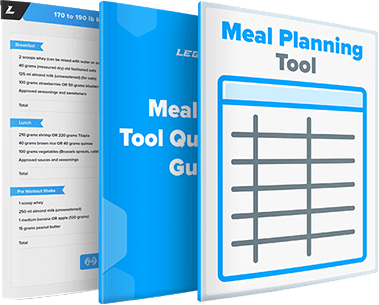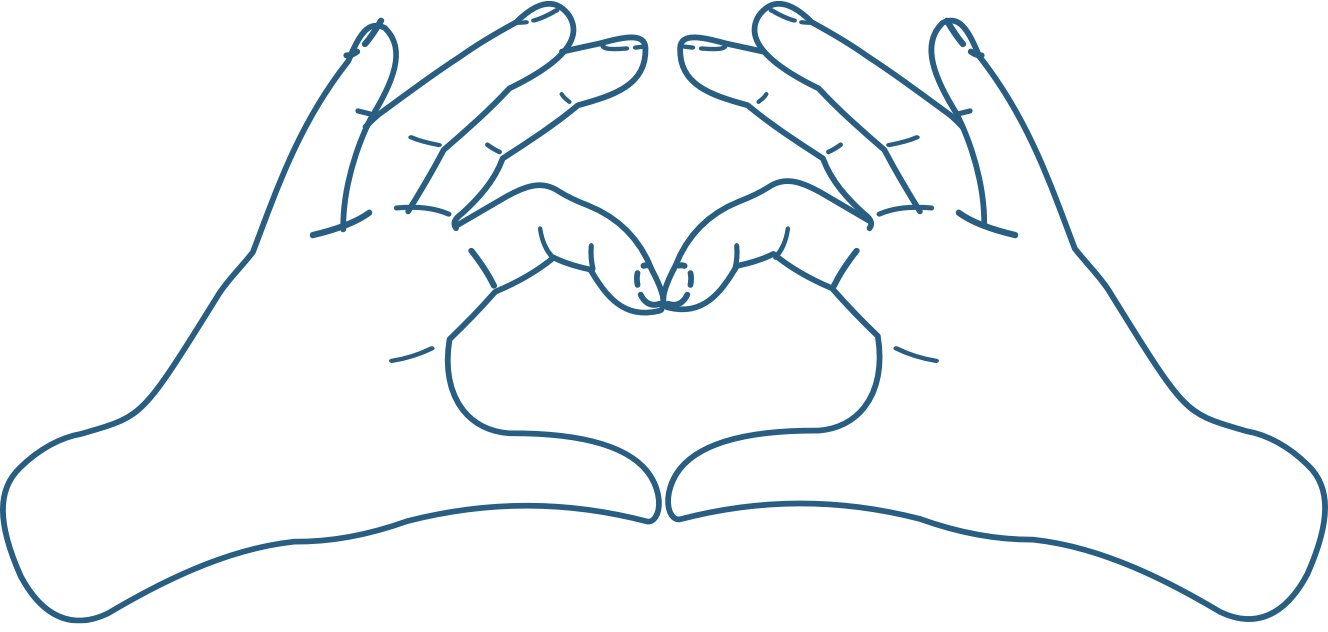German Volume Training is a decades-old training method used by weightlifters to rapidly gain muscle and strength.
While many notable coaches rave about its effectiveness, recent research has suggested it may not be as potent as was once believed, leaving many wondering whether it’s worthwhile.
In this article, we’ll take a deep dive into German Volume Training to answer questions, such as what is a German Volume Training plan exactly? Is following a German Volume Training program effective for gaining muscle and strength? What can you expect from German Volume Training results? And more.
What is German Volume Training (GVT)?
German Volume Training (GVT), also known as the “10 sets method,” is a high-volume training regimen designed to boost muscle growth and strength gain.
It was popularized by Canadian strength coach Charles Poliquin, who learned it from the German national weightlifting coach Rolf Feser in the 1970s. Feser used it with his athletes during the “off-season” (the time of year when weightlifters don’t compete) to help them rapidly build muscle.
The core principle of German Volume Training is to perform 10 sets of 10 reps of 1-to-2 exercises per GVT workout. In each of these 10-rep sets, you use the same weight and rest 60-to-120 seconds between sets.
Once you finish these “primary” exercises for the day, you end your workout with two “secondary” exercises (exercises used to train muscles not sufficiently stimulated by primary exercises).
GVT training also focuses on compound exercises, which are those that train multiple muscle groups simultaneously, such as the squat, bench press, deadlift, and barbell row.
Purported Benefits of the German Volume Training Program
Advocates of German Volume Training programs often claim it’s the ultimate way to enhance muscle hypertrophy and endurance, boost strength gain, break through plateaus, and simplify training.
They might even give examples of successful athletes who have seen significant improvements using a GVT program as proof of its effectiveness.
While these anecdotes can be compelling, it’s important to approach them with caution.
Many come from coaches of top athletes who have strong incentives to promote their training methodology. Moreover, the athletes under their tutelage are often “genetically elite” and will almost certainly respond differently to GVT training than the average gym-goer.
And although most won’t admit it, many elite athletes use performance-enhancing drugs, which makes it impossible to know whether the German Volume Training or drugs are responsible for their results.
Research also challenges the superiority of German Volume Training plans.
Two studies by the University of Sydney found that performing five sets of ten repetitions of a compound lift can be just as, if not more, effective for muscle and strength gains compared to doing the ten sets of ten reps prescribed by GVT workouts.
However, there is a silver lining.
A 2022 study published in the journal Frontiers in Physiology found that doing a German Volume Training workout could lower arterial and blood pressure, which may help people manage hypertension. This cardiovascular improvement is an unexpected bonus, though, as it’s not typically the primary goal for those following a German Volume Training plan.
German Volume Training Program Guidelines
Although all GVT programs center around doing 10 sets of 10 reps of at least one exercise per workout, the structure of GVT workouts can vary depending on the program’s goals and the coach’s methodology.
These guidelines are for the Legion German Volume Training program specifically, so may differ slightly from other GVT training programs you find online.
- Rest: Each of the Legion GVT workouts consists of 4 exercises performed as 2 separate “supersets.” Between each superset, rest 90-to-120 seconds.
- Tempo: For primary exercises (those performed first in each workout), use a 4-0-2 tempo (lower the weight for 4 seconds, rapidly change direction, and then lift for 2 seconds). For secondary exercises, use a 3-0-2 tempo.
- Exercises, Sets, and Reps: Use the German Volume Training set and rep scheme to train each major muscle group once weekly. For secondary exercises, do 3 sets of 10-to-12 reps.
- Frequency: Train three times weekly, leaving at least one day to recover between workouts.
- Intensity: Perform your 10 sets of 10 reps with 60% of your one-rep max and any sets of 10-to-12 reps with 70% of your one-rep max. To calculate how much weight to use based on your one-rep max, use the Legion One-Rep Max Calculator here.
- Progression: When you can complete 10 sets of 10 reps of an exercise without elongating your rest between sets or using sloppy form, increase the weight you lift by 3-to-5% the next time you perform the exercise.
- Program Length: German Volume Training plans are intense—only follow one for 4-to-6 weeks before deloading.
The Legion German Volume Training Program
Each of the following German Volume Training workouts contains two separate supersets. Perform the exercises in each superset back-to-back, rest for 90-to-120 seconds, and then repeat the process until you’ve completed all the sets in that superset.
Remember, you only increase the load once you can perform all the sets and reps of an exercise with proper form and without extending your rest times.
GVT Workout #1: Chest and Back
Superset #1:
- Bench Press: 10 sets of 10 reps | 4-0-2 tempo
- Barbell Row: 10 sets of 10 reps | 4-0-2 tempo
Superset #2:
- Incline Dumbbell Bench Press: 3 sets of 10-to-12 reps | 3-0-2 tempo
- Lat Pulldown: 3 sets of 10-to-12 reps | 3-0-2 tempo
GVT Workout #2: Legs and Abs
Superset #1:
- Back Squat: 10 sets of 10 reps | 4-0-2 tempo
- Leg Curl: 10 sets of 10 reps | 4-0-2 tempo
Superset #2:
- Seated Calf Raise: 3 sets of 10-to-12 reps | 3-0-2 tempo
- Cable Crunch: 3 sets of 10-to-12 reps | 3-0-2 tempo
GVT Workout #3: Arms and Shoulders
Superset #1:
- Shoulder Press: 10 sets of 10 reps | 4-0-2 tempo
- Preacher Curl: 10 sets of 10 reps | 4-0-2 tempo
Superset #2:
- Dumbbell Side Lateral Raise: 3 sets of 10-to-12 reps | 3-0-2 tempo
- Dumbbell Rear Lateral Raise: 3 sets of 10-to-12 reps | 3-0-2 tempo
The Reality of German Volume Training Results
While there are tales of people experiencing remarkable transformations using German Volume Training, it isn’t the guaranteed path to muscle and strength gain many imagine.
It may deliver impressive results for some (namely genetic outliers and steroid users), but most will find it doesn’t give a particularly good return on investment—you can get better results in less time without wearing yourself to a frazzle following a more conservative strength training plan.
That said, adopting a GVT approach may be beneficial in some scenarios.
For example, if you’re an experienced weightlifter who has hit a strength plateau, the increased volume of GVT could be the breakthrough you need.
Likewise, if you’re bored of your current training regimen and want a fresh challenge or simply enjoy the rigors of high-volume training, GVT could be a solid option.
Regardless of your reason for trying German Volume Training, you must prioritize nutrition and rest to emerge from the program unscathed.
Here’s what to do:
- Calories: Eat around 110% of your total daily energy expenditure (TDEE) every day.
- Protein: Consume 0.8-to-1 gram of protein per pound of body weight per day.
- Sleep: Sleep 7-to-9 hours each night. When this isn’t possible, try to nap during the day.
- Supplements: While following a German Volume Training program, the best supplements are protein powder (whey or casein), creatine monohydrate (powder or gummies), and a high-quality pre-workout.
German Volume Training FAQs
FAQ #1: What is German Volume Training good for?
While many claim GVT training is ideal for hypertrophy, strength gain, and breaking plateaus, research suggests that more traditional strength training methods might be equally or more effective. Nevertheless, GVT may deliver good results for experienced weightlifters who may benefit from high-volume training.
FAQ #2: Does German Volume Training really work?
It’s not clear how well German Volume Training works for building muscle and strength. While a solid theoretical argument exists for increasing volume to boost hypertrophy and strength gain, doing 10 sets of 10 reps may be overkill.
Evidence of this comes from two studies showing people who did 5 sets of 10 reps got equal or better results than those who did 10 sets of 10 reps, indicating that while volume is important, the optimal amount may be less than what GVT prescribes.
FAQ #3: How long should you do German Volume Training?
Don’t follow a German Volume Training plan for longer than 4-to-6 weeks without deloading. Trying to go longer than this increases your risk of overtraining and injury.
FAQ #4: How many sets for German Volume Training?
The core of GVT training involves performing 10 sets of 10 repetitions for each primary exercise in a workout. Follow this with 3 sets of 10-to-12 reps of secondary exercises.
FAQ #5: Is 10×10 good for hypertrophy?
It’s unclear how effective doing 10×10 is for hypertrophy. While there’s a strong relationship between volume and muscle and strength gain, research suggests there’s a point of diminishing returns beyond which doing more is counterproductive. And while we don’t have much evidence to say exactly where this point is, a more conservative approach than 10×10 is likely better for most people.
Scientific References +
- Amirthalingam, Theban, et al. “Effects of a Modified German Volume Training Program on Muscular Hypertrophy and Strength.” Journal of Strength and Conditioning Research, vol. 31, no. 11, Nov. 2017, pp. 3109–3119, https://doi.org/10.1519/jsc.0000000000001747.
- “Effects of a 12-Week Modified German Volume Training Program on Muscle Strength and Hypertrophy—a Pilot Study.” Sports, vol. 6, no. 1, 29 Jan. 2018, p. 7, https://doi.org/10.3390/sports6010007.
- S. Shaw , Brandon , et al. German Volume Training for Health Promotion: Acute Vasopressor, Pulmonary and Metabolic Responses. 18 Dec. 2022, https://doi.org/10.3389/fphys.2022.1025017.
- Schoenfeld, Brad J, et al. “Dose-Response Relationship between Weekly Resistance Training Volume and Increases in Muscle Mass: A Systematic Review and Meta-Analysis.” Journal of Sports Sciences, vol. 35, no. 11, 2017, pp. 1073–1082, www.ncbi.nlm.nih.gov/pubmed/27433992, https://doi.org/10.1080/02640414.2016.1210197.
- Ralston, Grant W., et al. “The Effect of Weekly Set Volume on Strength Gain: A Meta-Analysis.” Sports Medicine, vol. 47, no. 12, 28 July 2017, pp. 2585–2601, https://doi.org/10.1007/s40279-017-0762-7.










